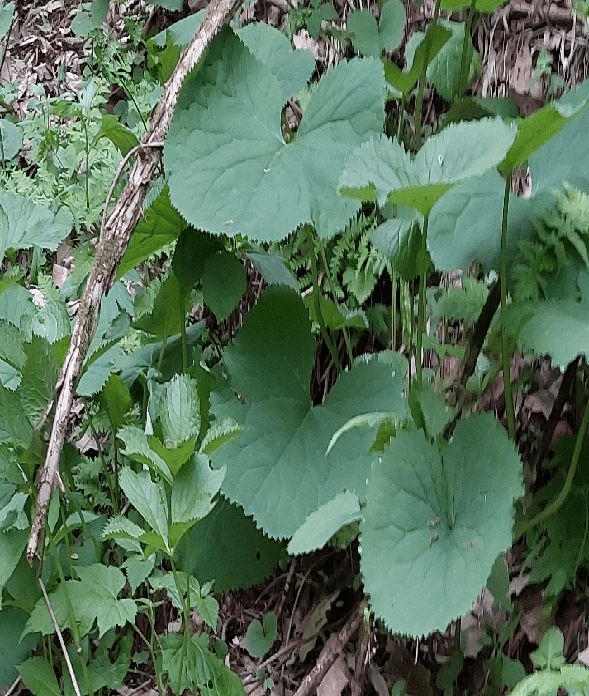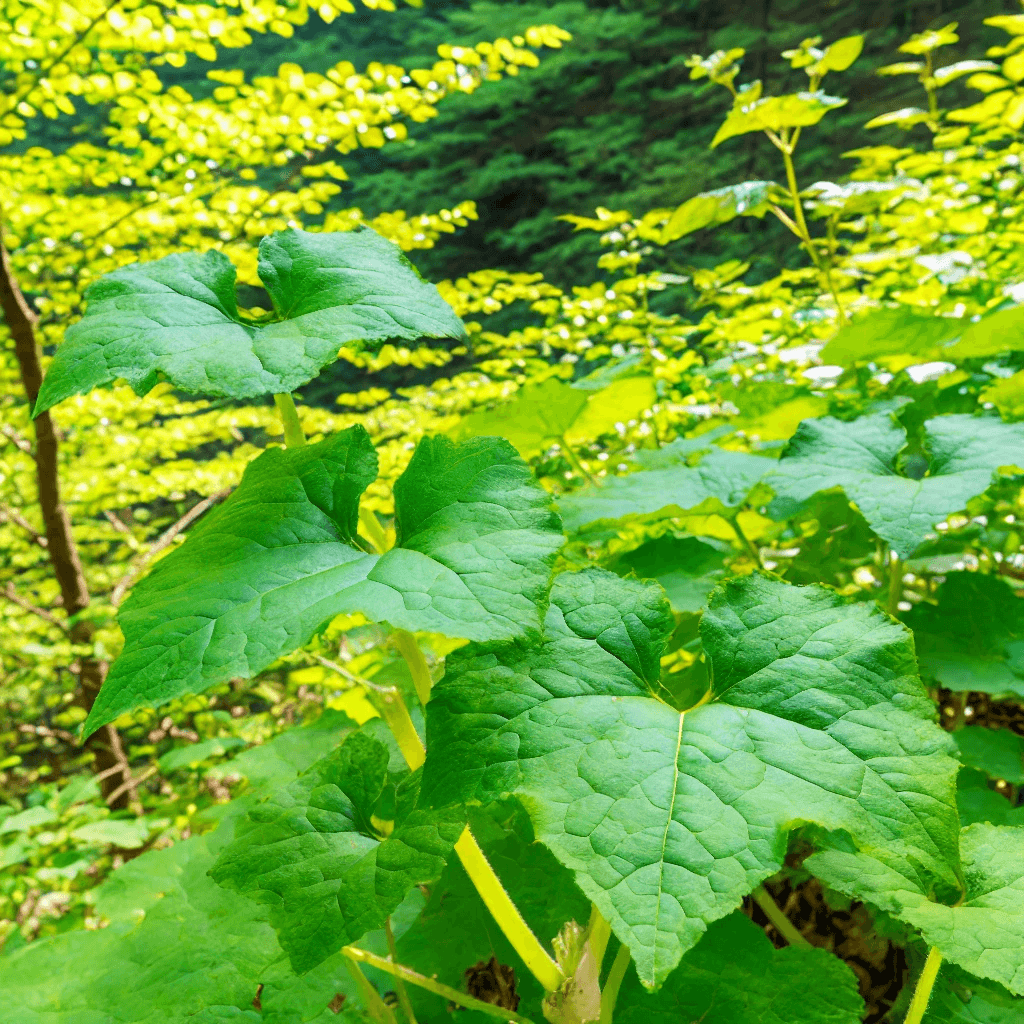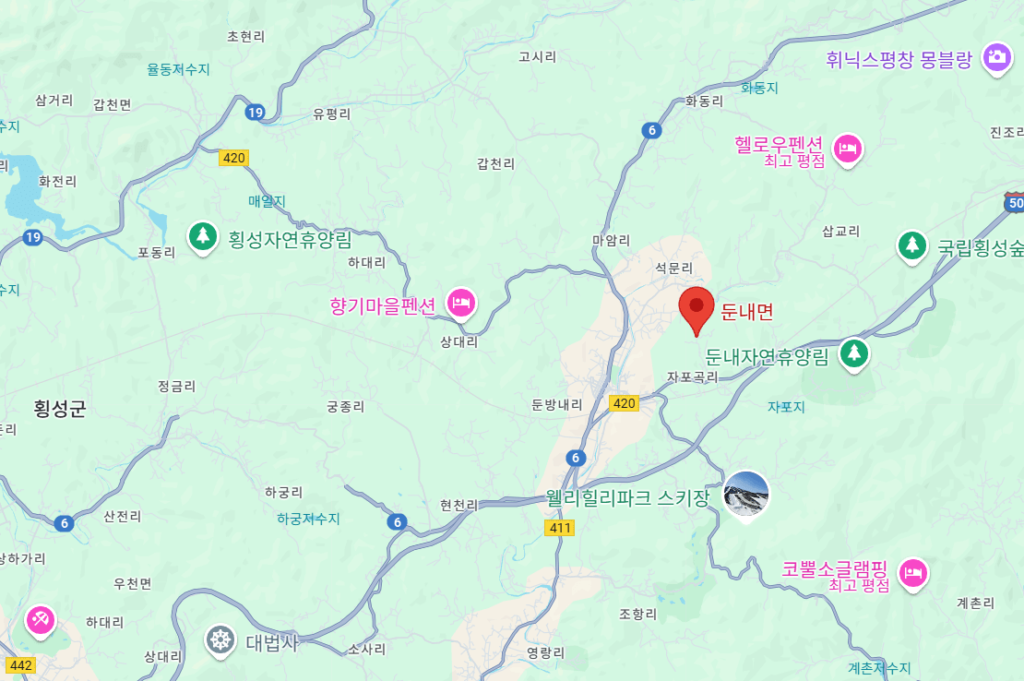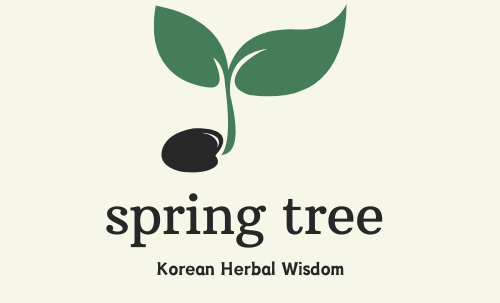Discover the unique flavor and health benefits of Gomchwi (Ligularia fischeri), a beloved Korean mountain green. From savory salads to crispy tempura, explore simple recipes, health benefits, and harvesting tips for this nutritious wild vegetable.”

곰취 Gomchwi (Ligularia fischeri)
Discover the Treasures of Mountain Greens: A Guide to Korean Wild Vegetables
Hello everyone! Today, Gomchwi (Ligularia fischeri)
The young leaves are eaten raw, and when the leaves start to get a little stronger, they are blanched and dried and eaten
Gomchwi (Ligularia fischeri)
let’s explore the wonders of mountain greens—nature’s gifts that bring both health and flavor to our tables. As many of you know, spring in Korea wouldn’t be complete without the unique aroma and taste of these wild greens. So, let’s dive into the health benefits, culinary delights, and the natural magic of mountain vegetables.
1. Health Benefits of Different Wild Greens
Mountain greens are more than just a simple side dish—they’re packed with nutrients. Gomchwi, for instance, has a distinctively bold flavor with a slight bitterness and is rich in vitamins A and C.
It helps boost the immune system and combat fatigue, while also being great for blood pressure management—making it a must for those with high blood pressure.
Gomchwi, another spring favorite, is known for its ability to lower blood sugar and relieve fatigue. Whether fried, steamed, or dipped in spicy sauce, it’s always a delight to eat!
Gomchwi is excellent for digestion, making it ideal for those with sensitive stomachs. Lightly sauté it in soy sauce and sesame oil, and you’ve got a delicious, healthy side dish!
2. Easy Recipes with Mountain Greens
Cooking wild greens is simpler than you think! For gomchwi salad, blanch the leaves, then mix them with gochujang, garlic, and sesame oil—it’s like enjoying the essence of spring on your plate.
Gomchwi tempura is even easier: wash the Gomchw, dip it in batter, and fry it until crispy. It makes a great snack, especially with a bit of spicy dipping sauce.
As for gosari, stir-fry it with soy sauce and sesame oil for a classic side dish that pairs perfectly with any meal. This versatile green never gets old.
3. Harvesting Wild Greens: Best Times and Places
Timing is key when harvesting mountain greens! Gomchwi is at its peak from April to May, thriving in the rich, moist soil of deep mountain forests. The slightly older leaves have a more pronounced flavor and aroma, making them perfect for cooking.
Gomchwi is also best harvested between April and May, and when freshly picked and dipped in spicy sauce right on the spot, it’s an unforgettable treat.
Gomchwi grows well in deep mountains and in fertile sandy loam in wetlands. The roots and stems are used as medicinal herbs in oriental medicine.

4. How to Store and Preserve Mountain Greens
Proper storage is essential to enjoying mountain greens long after their harvest. Gomchwi can be blanched and frozen, allowing you to enjoy it for months. When defrosted, it retains its fresh taste, perfect for salads or stir-fries. You can also pickle gomchwi in soy sauce or gochujang, and after a few months, it transforms into a delicious side dish ready to serve with rice.
Gomchwi can be blanched, dried, and stored as muk namul (dried greens), which is great for making side dishes throughout the winter. Simply soak it in water and stir-fry for a healthy, flavorful addition to any meal.
5. Beyond Cooking: Other Uses for Wild Greens
Mountain greens aren’t just for eating—they also have medicinal uses. Gomchwi root, for example, is used in traditional herbal medicine to warm the body and boost the immune system. Whether enjoyed as a fresh salad, a wrap, or used for its medicinal properties, gomchwi truly is one of nature’s great gifts.
So, there you have it! I hope this inspires you to explore the wonderful flavors and health benefits of mountain greens. Why not head to the mountains and try them for yourself? Nature’s bounty is waiting for you!
===================

I recently had the chance to pick fresh Gomchwi (Ligularia fischeri) in the pristine surroundings of ‘Hwengseong’s Mountain Village‘, and it was an unforgettable experience. The gomchwi here grows in a clean, natural environment, and visitors can enjoy harvesting and cooking it on the spot.
One of my favorite dishes is Gomchwi pickles(짱아찌), which are easy to make using soy sauce, vinegar, and sugar. These pickles can be stored for months, and they pair perfectly with grilled meats. I still remember picking the gomchwi, dipping it in a bit of Gochujang (red pepper paste), and savoring its fresh, slightly bitter flavor—an experience that lingers in my memory.
At this village, you can also try making Gomchwi pancakes(부침개) or gomchwi egg rolls. Just chop some Gomchwi, mix it into the egg batter, and you’ll have a wonderfully fragrant dish that’s both flavorful and healthy. These recipes are simple to recreate at home, making Gomchwi a versatile ingredient for everyday cooking.
Beyond Gomchwi, ‘Hwengseong Mountain Village’ offers the opportunity to harvest and cook a variety of wild greens. If you’re looking to experience the natural flavors of Korea’s mountains, this is the perfect destination!
